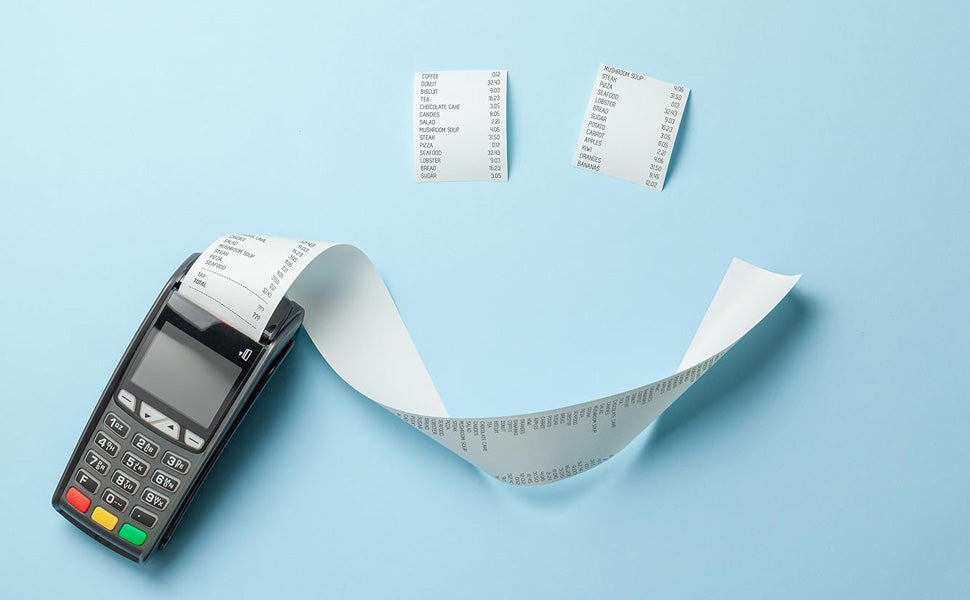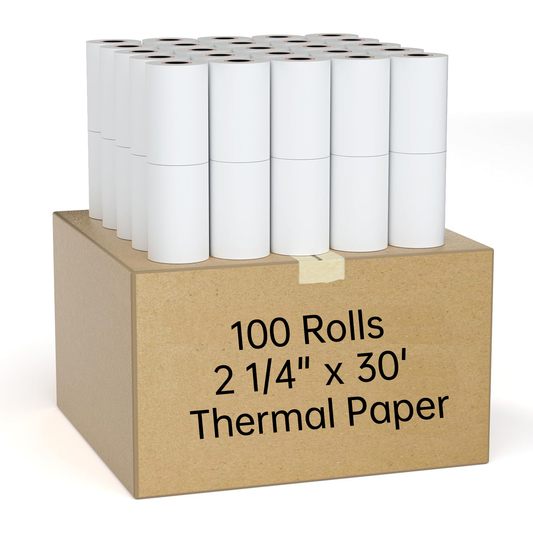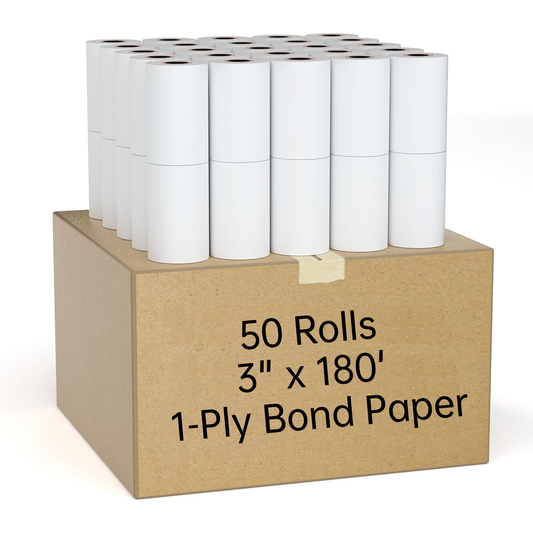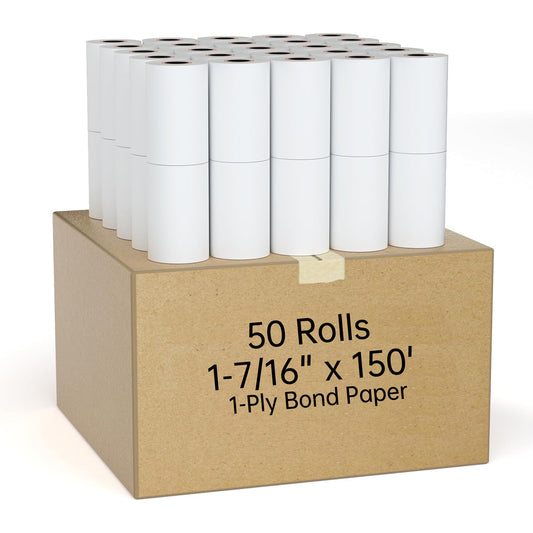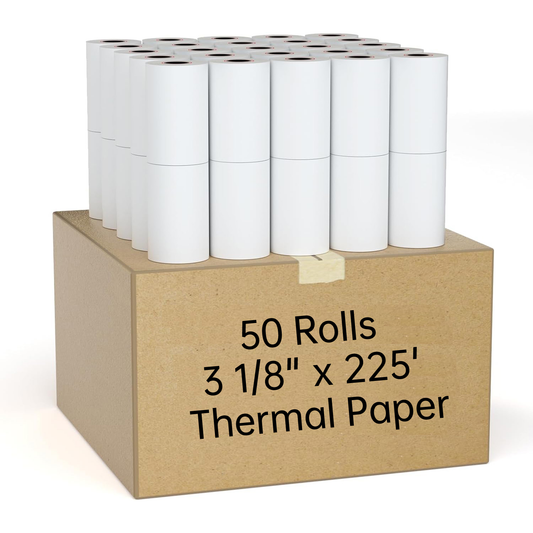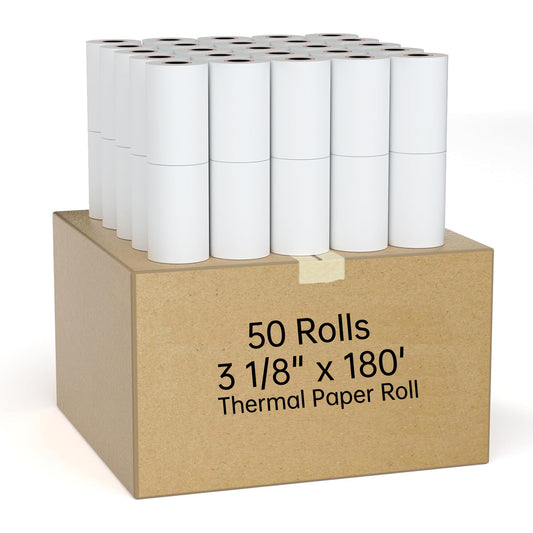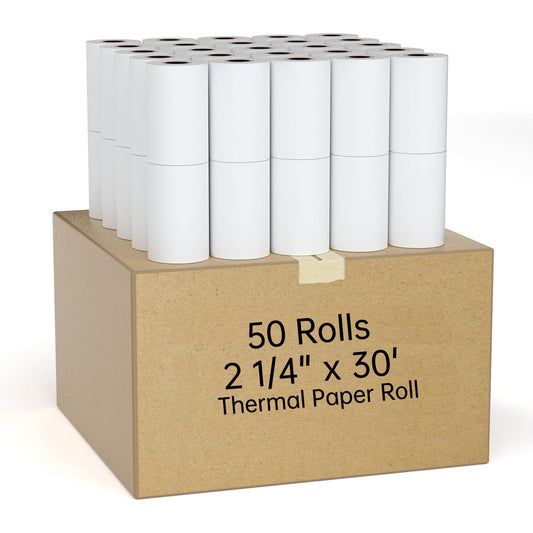Introduction
When shopping for binoculars, you may come across numbers like 7x35 or 10x42. These numbers are crucial for understanding the capabilities of the binoculars, but what exactly do they mean? This guide will break down the meaning of these numbers, helping you choose the right pair for your needs.
Magnification: The First Number
The first number in a binocular specification indicates the magnification power. For instance, in 7x35 binoculars, the '7' means the binoculars will make objects appear seven times closer than they are to the naked eye. Higher magnification, such as 10x in 10x42 binoculars, means objects will appear ten times closer. While higher magnification can provide a more detailed view, it also narrows the field of view and can make the image shakier if not stabilized properly.
Objective Lens Diameter: The Second Number
The second number refers to the diameter of the objective lenses (the front lenses) in millimeters. In 7x35 binoculars, '35' means the lenses are 35mm in diameter. Larger objective lenses, like the 42mm lenses in 10x42 binoculars, capture more light, resulting in brighter and clearer images, especially in low-light conditions. For instance, 10x42 binoculars gather significantly more light compared to 7x35 binoculars, making them better for activities like stargazing or bird watching at dawn or dusk.
Light Gathering and Image Brightness
The size of the objective lens directly impacts the binoculars' ability to gather light. A 10x42 binocular will gather about 44% more light than a 7x35 binocular, calculated as (42/35)^2. This increased light-gathering capability results in brighter and clearer images, which is particularly important in low-light conditions such as early morning, late evening, or dense forests.
Balancing Magnification and Objective Size
When choosing binoculars, it’s essential to balance magnification and objective lens size based on your needs. Higher magnification provides a closer view but can reduce image brightness and stability. Conversely, a larger objective lens offers brighter images but can make the binoculars bulkier and heavier. For general use, binoculars with magnifications between 7x and 10x and objective lenses between 35mm and 50mm are often recommended.
Practical Applications
- Bird Watching: Binoculars around 8x42 are popular due to their balance of magnification, light gathering, and manageable size.
- Hiking and General Outdoor Use: Compact models like 8x32 offer a good mix of portability and performance.
- Astronomy: For stargazing, consider binoculars with larger objective lenses, such as 10x50, to capture more light and provide clearer views of celestial objects.
Conclusion
Understanding the numbers on binoculars is key to selecting the right pair for your specific activities. By considering both the magnification and objective lens size, you can find binoculars that offer the perfect balance of clarity, brightness, and usability for your needs.

